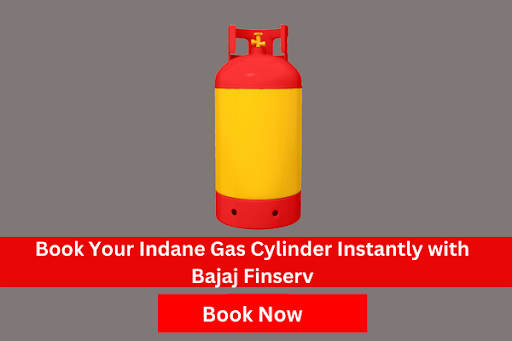The Types and Uses of Rotary Airlock Valves
It is a common misconception tackled by rotary airlock valve manufacturers that every rotary valve is an airlock valve, and every airlock valve is a rotary valve. While the latter can be a true statement under certain conditions, the former is a completely uninformed information.
Airlock valves can be best termed as an extensive form of rotary valves that not only regulate material flow but also ensure that the inlet and outlet flows do not come in contact with each other by maintaining a seal. A number of innovations have been introduced in the basic structure of airlock valves to make them more efficient. Here is a list of all the types of airlock valves available in the market today:
- On the Basis of Function
Depending upon the class of operations and working conditions in which airlock valves are required to perform, they can be divided into three types:
- Drop Through Valve
They come in two shape variants i.e. square and round. Rotary airlock valve manufacturers usually suggest drop through valves in heavy-duty industries where work environment conditions are particularly testing.
- Blow Through Valve
There are a number of industries that deal with the production of liquid or semi-solid items. Blow through valves have been designed with an eye for helping these self-same industries to perform pneumatic applications. These valves can discharge materials on conveying belts without blocking the rotor vanes.
- Standard Duty Valve
As the name suggests, they are designed to be used in industries or machines that do not perform heavy operations on a daily basis and only intend to use the airlock valve’s sealing mechanism.
- On the Basis of Rotor Position
Rotary airlock valve manufacturers often note that while the body styles may be different, it is basically the rotor design that determines the overall output. The number of vanes in its body, as well as their structural placement, are crucial for consideration. Higher the number of vanes, better is its sealing capacity. In terms of the rotor structure, there are two types of rotor designs available for use:
- Open-Ended Rotor
It is characterized by multiple vanes radiating out from the rotor pole towards shaft walls forming U or V-shaped vanes from the center. Ends of these vanes are not attached to any surface.
- Close Ended or Shrouded Rotor
Contrary to open-ended rotor system, vanes of the close-ended rotors are wielded to the shaft walls. Thus, instead of the V or U-shaped bifurcations, the rotor looks somewhat like a round disc.
Much like its counterparts, materials entered in an airlock valve are collected in rotor pockets or space ducts and are transported towards the outlet with a set momentum. Its system is slightly more complex since it works under set air pressure conditions. Yet, its single-most differentiating feature makes it a useful device for a number of tasks, some of which are as follows:
- Emptying Silo
After placing the valve under the silo, it can be used to control the bulk solid passed through the system.
- Dust Collection
Dust collector mechanisms work in association with airlocks to collect dust in one container.
- Dosage Regulation
To be used as a feeder, airlocks just need to be set on a particular speed and attached to the conveying lines.
Depending upon the types of functions expected to be performed by airlock valves, they are rated and suggested by rotary airlock valve manufacturers. For instance, an industry looking to use it as a feeder is suggested against its poor performance, while industries using it as an airlock are advised to observe appropriate precautions for prolonging its active life. Airlock valves are exceptionally useful and delicate devices and hence, they must be utilized accordingly.











